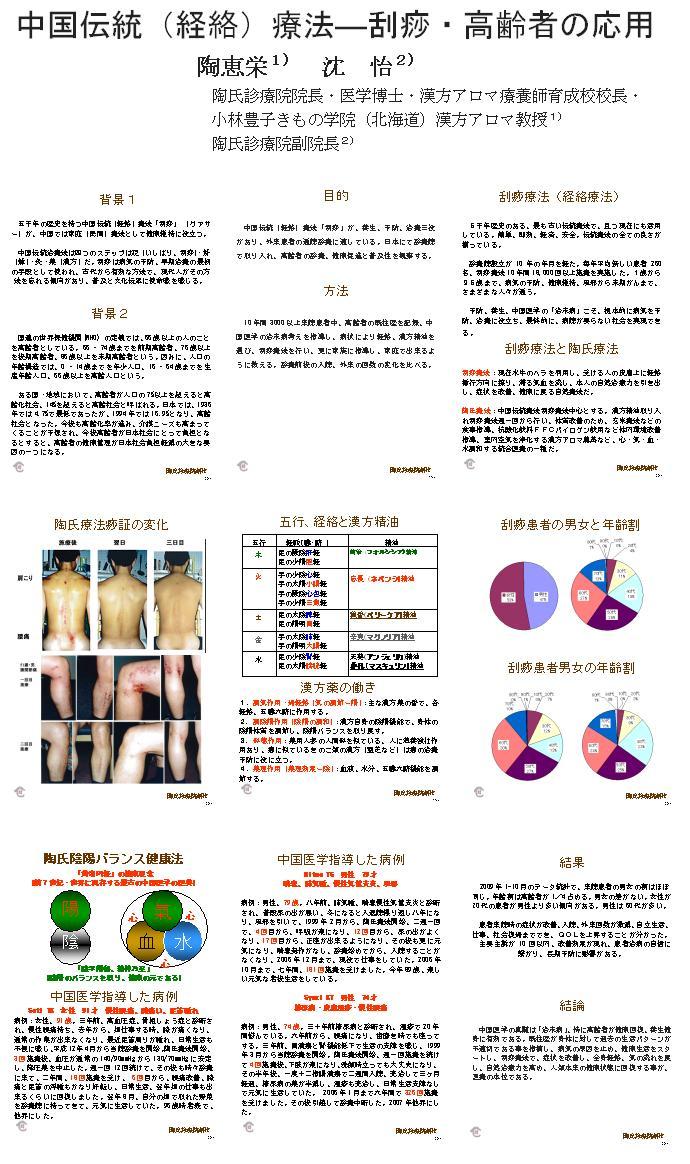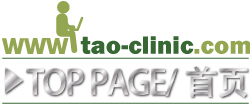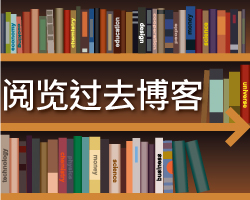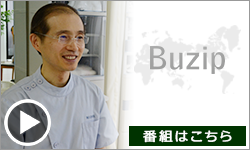2025-11-06
2025年北海道华侨华人春节联欢会盛大举行
2025-08-25
2025年“札幌中国节”成功举行 彩绘水墨画惊艳北海道 美声颂歌回响红砖广场
2025-07-31
陶永芳:我是世上最幸福的老人
2025-07-30
陶永芳:回想在日本住院的那些日子
2025-07-16
第2届全日本华侨华人业余高尔夫锦标赛&第11届北海道中国会杯高尔夫大会成功举行
2025-07-02
第60届中国人殉难者全道慰灵祭在北海道仁木町民中心举行
2024-12-16
肿瘤整合治疗联盟:第二届肿瘤整合治疗学术研讨会成功举办
2025-06-14
汗,是脾胃的镜子
2025-05-22
教你如何区分阴虚和阳虚,一学就会!
2025-02-24
艾灸最怕这一个字!90%的人做错,这样灸比吃补品更有效
2025-02-23
这些常见中药搭配,用对效果加倍
2025-02-02
中医和西医在治病原则区别
2025-02-01
李可老中医的一句话,拯救了无数肿瘤患者!
2025-01-26
仝小林院士:体病药论与治未病
2025-01-11
从五运六气看六经辨证
2023-12-06
黄帝内经治未病陶氏疗法在日本临床应用25年研讨⑪
2024-12-09
放几滴血,口腔溃疡就会痊愈,不信你试试!
2024-12-03
三魂七魄,看看哪个已不在您身上?
2024-12-02
中文导报 东瀛万事通 今日头条:北海道中国会举办第十一届总会&恳亲会
2024-11-09
艾烟,到底有没有害?
2024-10-13
经络不通,补什么都没用!只用一招:经络通畅百病消!
2024-10-08
你每天这样吸收大量阴气,怎么可能不生病?
2024-10-05
中医觉醒,认识经方——读懂《伤寒论》
2024-09-23
奥运体操全能王冈慎之助助阵:DENBA Moblie新品东京发表
2024-09-21
这样刮刮痧,活到八十八
2024-09-17
王振义被授予“共和国勋章”!他曾说:用循证研究证明中医药是个“宝”
2024-09-13
浙大调查发现:喜欢锻炼的人,患脑梗概率比久坐不动的人高数倍?
2024-09-04
“2024札幌中国节”成功举行 :彩绘水墨画惊艳北海道
2024-09-02
灸12原穴,断全身百病
2024-08-28
医易同源:十天干与中医阴阳五行之秘!
1
黄帝内经治未病陶氏疗法在日本临床应用25年研讨②
背景
日本从600至894年通过近300年,派遣隋、唐使节23次来华,引进了中国医学,特别是鉴真携带的医书和药物和984年丹波康赖c从数十种中国医学书籍编辑的日本最初医学書「医心方」,开始了日本传统医学的发展历史。
中国医学传到日本有2000年以上历史,经过日本风土适应和日本医者的筛选和发展,形成了现在的日本传统医学,江户时代(1603-1868年),为了和从荷兰传来的兰方相区别,把从中国传来的医学称《汉方》。汉方以中国医学传统经典药方和针灸为主,发挥了中国医学治病的实用价值。但是汉方的存药弃医结果,在现代社会变化多端的疾病预防和治疗领域,发展和应用出现了瓶颈。特别在新冠流行期间,日本汉方的弊端和中国国内中医预防和治疗新冠的成就相比,相形见拙。中国医学的医理是中国医学的精髓,药方和针灸是中国医学的临床治病应用的方法之一。没有根基的《汉方》,自然也得不到理论上的发展,跟不上时代的变化,无法高效地服务于社会。
黄帝内经治未病理念由来的陶氏疗法,利用黄帝内经十三方中的汤液醪醴、生铁洛饮两方为背景的实用日本产品玄米酵素和FFC百乐健,加汉方精油循经刮痧疗法,通过对患者的气、血、水(津液)和心(情绪)的四调方法,在日本北海道札幌市设立陶氏诊疗院,从事纯中医临床实践25年,诊治患者45000人次以上,年龄从11个月到95岁,有一家四代同时来就诊。男性47%,女性53%,60-69岁27%,50-59岁26%,40-49岁18%,70-79岁13%,30-39为11%,其他5%。恶性肿瘤15.50%,良性疾病中,生活习惯病24.84%,慢性疼痛63.05%,过敏性疾病6.13%,其他21.07%。患者来自全日本和中国、美国、德国、意大利、芬兰等1)。陶氏疗法在日本各大学会发表临床病例报告论文30余篇。本次研讨通过在日本学会发表的临床病例总结,验证黄帝内经治未病的实用性,安全性,速效性,经济性,同时为老年化社会的健康医疗问题的改善,寻找一条行至有效的疾病预防和治疗方法提供参考。
Background:
From 600 to 894 AD, Japan sent envoys to China during the Sui and Tang Dynasties 23 times over nearly 300 years, introducing Chinese medicine to Japan. This introduction included the medical books and medicines brought by Jianzhen, and in 984 AD, Tamba Yasurai C compiled❝Ishinpo,❞Japan's first medical book, from numerous Chinese medical texts. This marked the beginning of the development of traditional Japanese medicine. Chinese medicine, transmitted to Japan for over 2,000 years, has adapted to the Japanese environment and undergone development by Japanese medical practitioners, leading to the current form of traditional Japanese medicine. During the Edo period (1603-1868), to distinguish it from the Dutch-introduced Rangaku, Chinese medicine in Japan was named ❝Kampo.❞ Kampo is based on traditional Chinese medical formulas and acupuncture, demonstrating the practical value of Chinese medicine in treating illnesses. However, with the storage of medicine and abandonment of medical practices, Kampo faced development challenges and application bottlenecks in modern society's dynamic field of disease prevention and treatment. Particularly during the Coronavirus Disease 2019 pandemic, the limitations of Kampo became evident when compared to the achievements of Chinese medicine in China. The medical theories of Chinese medicine represent its essence, and herbal remedies and acupuncture are among its clinical treatment methods. Without a solid foundation, Kampo has struggled to develop theoretically, keep up with the times, and efficiently serve society.
The Tao Method, inspired by the ❝Yellow Emperor’s Inner Canon❞concept of treating diseases before their onset, utilizes two formulas from this text, namely the ❝soup liquid mash sweet❞ and ❝raw iron Luo drink,❞ as the basis for practical Japanese products like Fermented brown rice and FFC Pairogen. This therapy, which includes Kampo essential oils and meridian scraping, balances the patient's qi, blood, fluids, and heart (emotions). The Tao Clinic, established in Sapporo, Hokkaido, Japan, has been dedicated to pure Chinese medicine clinical practice for 25 years, treating over 45,000 patients aged 11 months to 95 years, including four generations from a single family. The patient demographic consists of 47% males and 53% females, with significant age groups being 60-69 years (27%), 50-59 years (26%), 40-49 years (18%), and 70-79 years (13%). Conditions treated include malignant tumors (15.50%) and benign diseases like lifestyle diseases (24.84%), chronic pain (63.05%), allergic diseases (6.13%), among others. Patients come from all over Japan and countries such as China, the United States, Germany, Italy, and Finland. Tao Method has contributed more than 30 clinical case report papers to various Japanese academic societies. This research seminar aims to validate the practicality, safety, rapidity, and economic viability of the ❝Yellow Emperor’s Inner Canon❞ approach to treating future diseases by summarizing clinical cases presented in Japanese societies. It also seeks to provide references for effective disease prevention and treatment methods to address health care challenges in an aging society.
日本从600至894年通过近300年,派遣隋、唐使节23次来华,引进了中国医学,特别是鉴真携带的医书和药物和984年丹波康赖c从数十种中国医学书籍编辑的日本最初医学書「医心方」,开始了日本传统医学的发展历史。
中国医学传到日本有2000年以上历史,经过日本风土适应和日本医者的筛选和发展,形成了现在的日本传统医学,江户时代(1603-1868年),为了和从荷兰传来的兰方相区别,把从中国传来的医学称《汉方》。汉方以中国医学传统经典药方和针灸为主,发挥了中国医学治病的实用价值。但是汉方的存药弃医结果,在现代社会变化多端的疾病预防和治疗领域,发展和应用出现了瓶颈。特别在新冠流行期间,日本汉方的弊端和中国国内中医预防和治疗新冠的成就相比,相形见拙。中国医学的医理是中国医学的精髓,药方和针灸是中国医学的临床治病应用的方法之一。没有根基的《汉方》,自然也得不到理论上的发展,跟不上时代的变化,无法高效地服务于社会。
黄帝内经治未病理念由来的陶氏疗法,利用黄帝内经十三方中的汤液醪醴、生铁洛饮两方为背景的实用日本产品玄米酵素和FFC百乐健,加汉方精油循经刮痧疗法,通过对患者的气、血、水(津液)和心(情绪)的四调方法,在日本北海道札幌市设立陶氏诊疗院,从事纯中医临床实践25年,诊治患者45000人次以上,年龄从11个月到95岁,有一家四代同时来就诊。男性47%,女性53%,60-69岁27%,50-59岁26%,40-49岁18%,70-79岁13%,30-39为11%,其他5%。恶性肿瘤15.50%,良性疾病中,生活习惯病24.84%,慢性疼痛63.05%,过敏性疾病6.13%,其他21.07%。患者来自全日本和中国、美国、德国、意大利、芬兰等1)。陶氏疗法在日本各大学会发表临床病例报告论文30余篇。本次研讨通过在日本学会发表的临床病例总结,验证黄帝内经治未病的实用性,安全性,速效性,经济性,同时为老年化社会的健康医疗问题的改善,寻找一条行至有效的疾病预防和治疗方法提供参考。
Background:
From 600 to 894 AD, Japan sent envoys to China during the Sui and Tang Dynasties 23 times over nearly 300 years, introducing Chinese medicine to Japan. This introduction included the medical books and medicines brought by Jianzhen, and in 984 AD, Tamba Yasurai C compiled❝Ishinpo,❞Japan's first medical book, from numerous Chinese medical texts. This marked the beginning of the development of traditional Japanese medicine. Chinese medicine, transmitted to Japan for over 2,000 years, has adapted to the Japanese environment and undergone development by Japanese medical practitioners, leading to the current form of traditional Japanese medicine. During the Edo period (1603-1868), to distinguish it from the Dutch-introduced Rangaku, Chinese medicine in Japan was named ❝Kampo.❞ Kampo is based on traditional Chinese medical formulas and acupuncture, demonstrating the practical value of Chinese medicine in treating illnesses. However, with the storage of medicine and abandonment of medical practices, Kampo faced development challenges and application bottlenecks in modern society's dynamic field of disease prevention and treatment. Particularly during the Coronavirus Disease 2019 pandemic, the limitations of Kampo became evident when compared to the achievements of Chinese medicine in China. The medical theories of Chinese medicine represent its essence, and herbal remedies and acupuncture are among its clinical treatment methods. Without a solid foundation, Kampo has struggled to develop theoretically, keep up with the times, and efficiently serve society.
The Tao Method, inspired by the ❝Yellow Emperor’s Inner Canon❞concept of treating diseases before their onset, utilizes two formulas from this text, namely the ❝soup liquid mash sweet❞ and ❝raw iron Luo drink,❞ as the basis for practical Japanese products like Fermented brown rice and FFC Pairogen. This therapy, which includes Kampo essential oils and meridian scraping, balances the patient's qi, blood, fluids, and heart (emotions). The Tao Clinic, established in Sapporo, Hokkaido, Japan, has been dedicated to pure Chinese medicine clinical practice for 25 years, treating over 45,000 patients aged 11 months to 95 years, including four generations from a single family. The patient demographic consists of 47% males and 53% females, with significant age groups being 60-69 years (27%), 50-59 years (26%), 40-49 years (18%), and 70-79 years (13%). Conditions treated include malignant tumors (15.50%) and benign diseases like lifestyle diseases (24.84%), chronic pain (63.05%), allergic diseases (6.13%), among others. Patients come from all over Japan and countries such as China, the United States, Germany, Italy, and Finland. Tao Method has contributed more than 30 clinical case report papers to various Japanese academic societies. This research seminar aims to validate the practicality, safety, rapidity, and economic viability of the ❝Yellow Emperor’s Inner Canon❞ approach to treating future diseases by summarizing clinical cases presented in Japanese societies. It also seeks to provide references for effective disease prevention and treatment methods to address health care challenges in an aging society.








